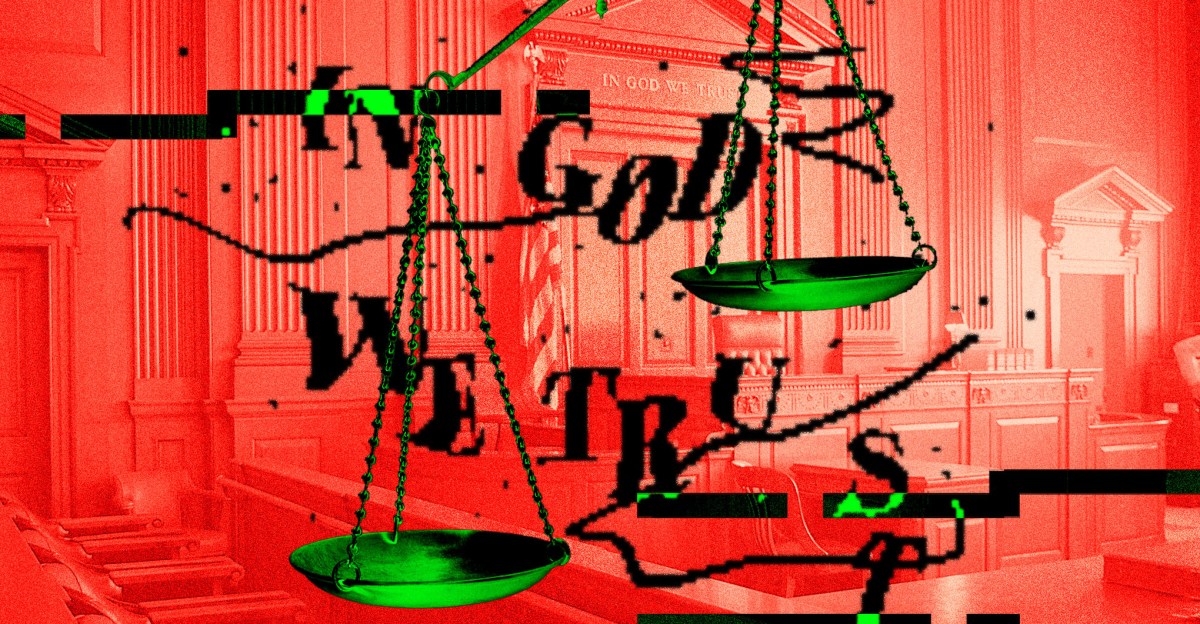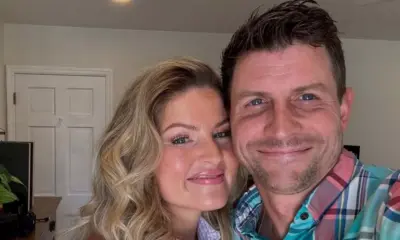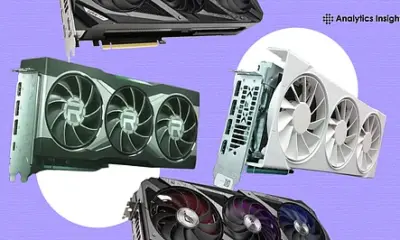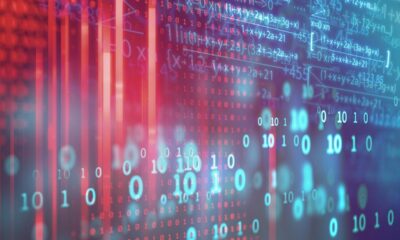Technology
US Judge Withdraws Decision Amid Errors Linked to AI Tools

A U.S. district court judge has retracted a decision in a biopharma securities case after legal representatives highlighted significant inaccuracies, including fake quotes and incorrect case references. This incident recalls troubling patterns associated with the use of artificial intelligence in legal research. The judge, Julien Xavier Neals of New Jersey, initially denied a dismissal request from the pharmaceutical company CorMedix, but following a letter from attorney Andrew Lichtman, he acknowledged the need for a correction.
In a communication addressed to Judge Neals, Lichtman pointed out a “series of errors” in the ruling. These included misrepresentations of the outcomes of three separate cases and “numerous instances” of fabricated quotes attributed to other legal decisions. As noted by Bloomberg Law, a new notice was added to the court docket on September 27, 2023, stating that the prior opinion was entered in error, with a promise of a “subsequent opinion and order” forthcoming.
Implications of AI Usage in Legal Decisions
While minor adjustments to court rulings—such as fixing grammatical errors—are commonplace, substantial changes like the removal of entire paragraphs or redactions are relatively rare. The specific errors in this case evoke concerns about the reliability of AI tools, which some legal professionals have increasingly begun to utilize for research purposes. Although there is no definitive proof that AI was used in Judge Neals’ decision-making process, the citation mistakes exhibit the characteristics often seen in “AI hallucinations,” a term used to describe the generation of inaccurate or fictitious information by AI systems.
This incident is not isolated. Earlier this month, attorneys representing Mike Lindell, founder of MyPillow, faced fines for incorporating AI-generated citations into their legal arguments. Similarly, the AI company Anthropic recently attributed an “embarrassing” erroneous citation in its legal dispute with music publishers to its own Claude AI chatbot. These examples underline the ongoing challenges and limitations of AI in the legal field, suggesting that while these technologies may assist in research, they are not poised to replace human lawyers anytime soon.
As the legal community grapples with the integration of AI tools, the need for vigilance in verifying information remains paramount. The reliance on AI in legal contexts raises questions about accountability and the standards of evidence required in court decisions. As noted by experts, ensuring the integrity of legal proceedings is essential, particularly as reliance on technology continues to grow.
The developments in Judge Neals’ case serve as a reminder of the complexities surrounding the adoption of AI in sensitive areas such as law, where accuracy and credibility are critical. As this story unfolds, it will likely prompt further discussions on the role of technology in legal practices and the safeguards necessary to maintain high standards.
-

 Technology5 months ago
Technology5 months agoDiscover the Top 10 Calorie Counting Apps of 2025
-

 Health2 months ago
Health2 months agoBella Hadid Shares Health Update After Treatment for Lyme Disease
-

 Health3 months ago
Health3 months agoErin Bates Shares Recovery Update Following Sepsis Complications
-

 Technology4 months ago
Technology4 months agoDiscover How to Reverse Image Search Using ChatGPT Effortlessly
-

 Technology1 month ago
Technology1 month agoDiscover 2025’s Top GPUs for Exceptional 4K Gaming Performance
-

 Technology2 months ago
Technology2 months agoElectric Moto Influencer Surronster Arrested in Tijuana
-

 Technology5 months ago
Technology5 months agoMeta Initiates $60B AI Data Center Expansion, Starting in Ohio
-

 Technology5 months ago
Technology5 months agoRecovering a Suspended TikTok Account: A Step-by-Step Guide
-

 Health4 months ago
Health4 months agoTested: Rab Firewall Mountain Jacket Survives Harsh Conditions
-

 Lifestyle5 months ago
Lifestyle5 months agoBelton Family Reunites After Daughter Survives Hill Country Floods
-

 Technology4 months ago
Technology4 months agoHarmonic Launches AI Chatbot App to Transform Mathematical Reasoning
-

 Technology3 months ago
Technology3 months agoUncovering the Top Five Most Challenging Motorcycles to Ride





















